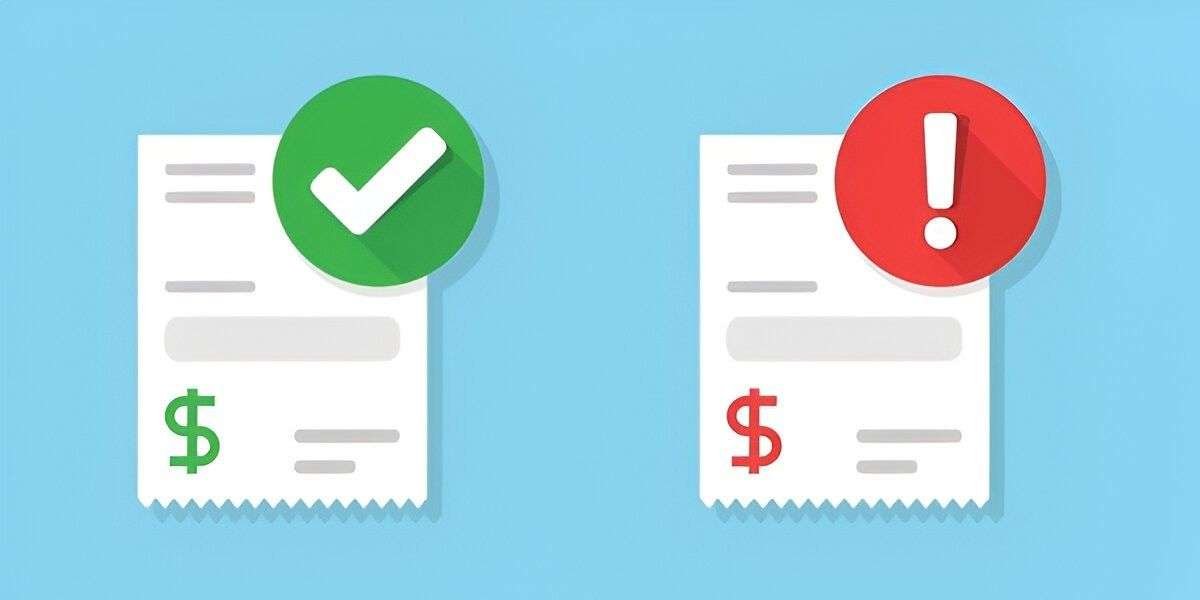A debit note is a document issued by a buyer to a seller as a formal request for a return of funds due to incorrect or damaged goods received, or for any other reasons warranting a decrease in the amount owed to the seller. It serves as an indication that the buyer is debiting the seller’s account in their records.
Table of Contents
Key Points about Debit Notes
- Purpose: A debit note is used to correct errors in invoices or to request adjustments.
- Issuers: Typically issued by buyers to sellers.
- Accounting Entry: Reflects a decrease in accounts payable for the buyer and a decrease in accounts receivable for the seller.
When is a Debit Note Used?
Common Scenarios
- Incorrect Quantity: If the quantity of goods received is less than what was ordered.
- Defective Goods: If the received goods are damaged or defective.
- Price Discrepancy: When there is a discrepancy in the price charged versus the agreed price.
- Returned Goods: When the buyer returns goods to the seller.
Example Scenario
Imagine a company, ABC Ltd, orders 100 units of a product from XYZ Corp. Upon delivery, ABC Ltd finds that only 90 units were delivered, and 5 of those units are damaged. ABC Ltd issues a debit note to XYZ Corp for the missing 10 units and the damaged 5 units.
How Does a Debit Note Work?
Issuing a Debit Note
- Identify the Issue: The buyer identifies the reason for issuing the debit note (e.g., incorrect quantity, damaged goods).
- Prepare the Debit Note: The buyer prepares the debit note detailing the issue, the amount to be debited, and any relevant information.
- Send to Seller: The debit note is sent to the seller as a formal request for the adjustment.
Components of a Debit Note
- Date: The date when the debit note is issued.
- Debit Note Number: A unique reference number for tracking.
- Buyer and Seller Details: Names and addresses of both parties.
- Description of Goods/Services: Details about the goods/services related to the issue.
- Amount: The monetary value of the debit note.
- Reason: Explanation for issuing the debit note.
Example of a Debit Note
Debit Note Example
Date: June 30, 2024
Debit Note Number: DN-12345
Buyer: ABC Ltd, 123 Market St, City
Seller: XYZ Corp, 456 Commerce Rd, Town
Description:
1. 10 units of Product A missing
2. 5 units of Product B damaged
Amount:
1. 10 units x $50/unit = $500
2. 5 units x $50/unit = $250
Total Amount: $750
Reason: Shortage and damaged goodsAccounting Treatment of a Debit Note
For the Buyer
- Record the Debit Note: The buyer records the debit note in their accounts, reducing the accounts payable balance.
- Adjust Inventory: If the debit note is for returned goods, the buyer adjusts their inventory records accordingly.
For the Seller
- Acknowledge the Debit Note: The seller acknowledges the receipt of the debit note.
- Record the Adjustment: The seller reduces their accounts receivable balance and adjusts their sales or returns account.
Advantages of Using Debit Notes
- Clarity: Provides clear documentation and justification for financial adjustments.
- Accountability: Ensures both parties are aware of and agree to the adjustments.
- Record Keeping: Helps maintain accurate records for accounting and auditing purposes.
Example of Accounting Entry
For Buyer (ABC Ltd):
Debit: Accounts Payable $750
Credit: Purchase Returns and Allowances $750For Seller (XYZ Corp):
Debit: Sales Returns and Allowances $750
Credit: Accounts Receivable $750Conclusion
A debit note is a vital tool in business transactions, helping to address discrepancies and maintain accurate financial records. By issuing a debit note, a buyer can formally request an adjustment from the seller, ensuring both parties are in agreement regarding the correction. Understanding the use and importance of debit notes helps businesses manage their accounts efficiently and maintain transparency in their transactions.





